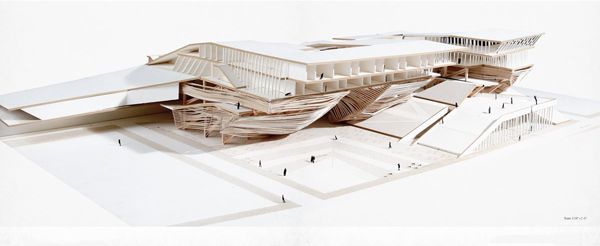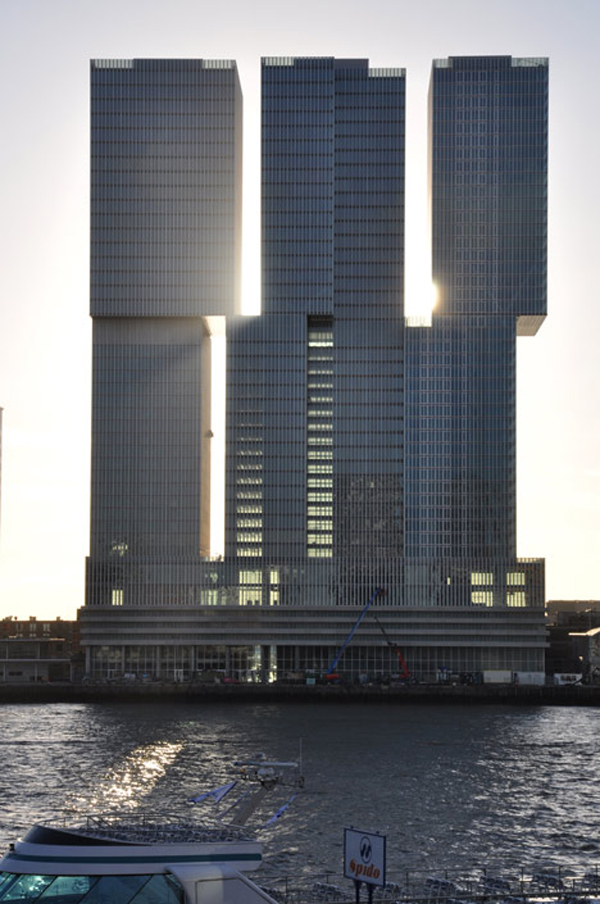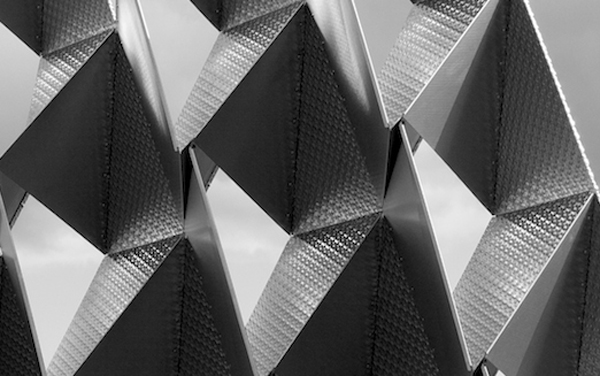It is finally revealed that Dubai has been chosen to host the 2020 World Expo. HOK, teamed with Populous and Arup, has developed the master plan for the expo and more then 25 million visitors are expected to be drawn from October 2020 through April 2021. The plan is futuristic but it also pays homage to Emirati heritage and culture. Dubai will become the first Middle Eastern city to host this event in its 150-year long history.
HOK’s plan reflects great qualities of the city and the form and spirit of a World Expo, with its mixture of education, innovation and entertainment. The site is on the southwestern edge of Dubai in Jebel Ali, near Dubai’s new Al Maktoum International Airport and Jebel Ali Port. Read the rest of this entry »























